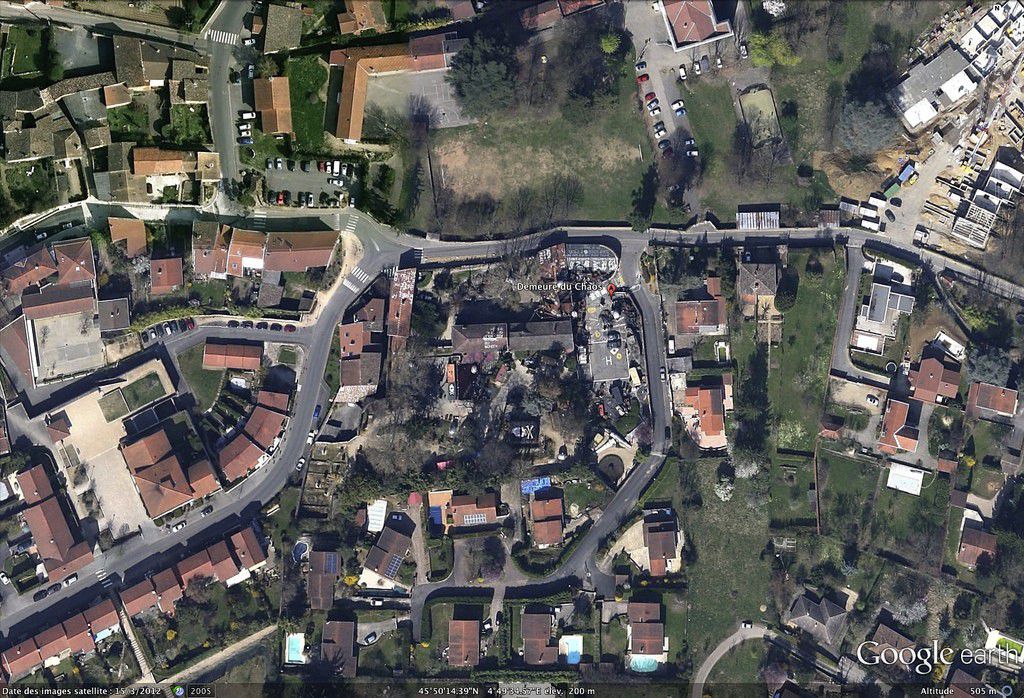How Google Map Determines Traffic Condition
A simple magic to rule them all!
These days, people use Google Map’s traffic in their daily life. Even when we don’t need it, Google ‘kindly’ notifies us about the traffic in our area or how long should we take to work if we leave now. It’s amazing how Google could do that and be right most of the time, isn’t it?
When I was young (I am, but was younger), one thing came to my mind, “How does my phone know the traffic?”. Hmmm. I imagined something like a helicopter with a dude reporting to Google directly using walkie talkie, and the dude was like “There is a traffic at Banana Street. The traffic is about one kilometer. Over.” It was a crazy kid’s thought. There would be so many helicopters in our sky if I was right.

The dude reporting to Google about traffic condition (according to my imagination)
But then I got older and smarter (hopefully). I knew it wasn’t right! What a stupid thought it was! Here I had another thought, maybe Google had a satellite and a super smart image recognition. Using the image taken from the satellite, Google knew how many cars was on a street. I was feeling I could be right this time. But no.

According to my early thought, google count how many cars was on the street to determine the traffic
Google Traffic Started with a Prediction
So actually it was not about the heli or satellite. It was all about data. At the beginning, Google used real old data to determine the traffic condition. The data was based on time and place. In simple, Google thoughts something like this: “Banana street at 14:00 in January has always been crowded for the past 5 years, so this time, it should be too.”
The algorithm seemed right at the first glance, but everything that Google told us was not a REAL TIME traffic condition. It was just a prediction based on data analysis. What if there is a traffic accident? What if there is a blocked road causing everyone to take a different routes? What if Mr.President coming to my town today? What if…? What if… ? In soooo many cases the algorithm will not produce the right traffic condition that we need. Because what we need is the traffic condition for NOW, for this specific time, not just a prediction.
It Changed When Everybody Used Smart Phone
The era of smartphones changed Google’s traffic condition algorithm. Why? Because Google could get everyone’s real time location now. A simple image will show you how simple it is:

Illustration about how Google see their map with our location on it
While connected to the internet, our phones continuously send our real time location to Google. Google could attach our location to their map and produce something like the image above. And after that, telling which road is crowded, which road is empty, etc. would be a piece of cake for Google.
"But Wait! Does that mean Google Always Know Our Location!? Where is our privacy!?"
Don’t worry, your privacy is right on your hand. You can turn off your mobile phone’s location and Google won’t be able to get your location anymore. But this will disable some of your mobile phone’s features while you are still able to use Google Map’s traffic.
The question is, is it worth turning your location off to keep your privacy? The answer could be different for everyone, as it related to many things, such as privacy, data usage, and I could probably say, personal belief. For me, as long as I didn’t do any criminal things and my phone’s battery is up, I will keep my location on so that I can use every location based features on my phone without having to turn it on and off again every time I want to use it. Beside being lazy, I don’t think Google will use my location for bad purpose, I trust Google on this one.